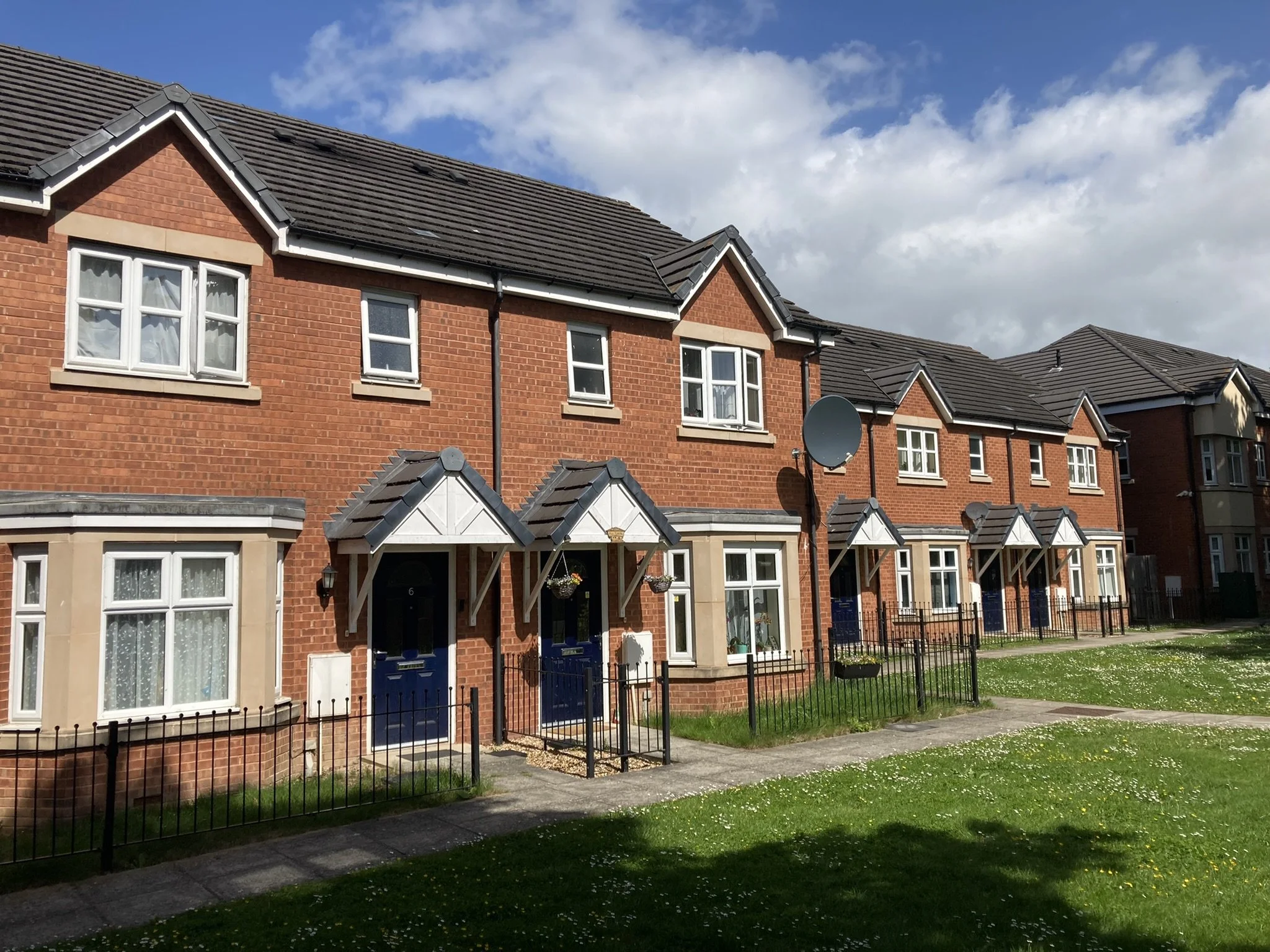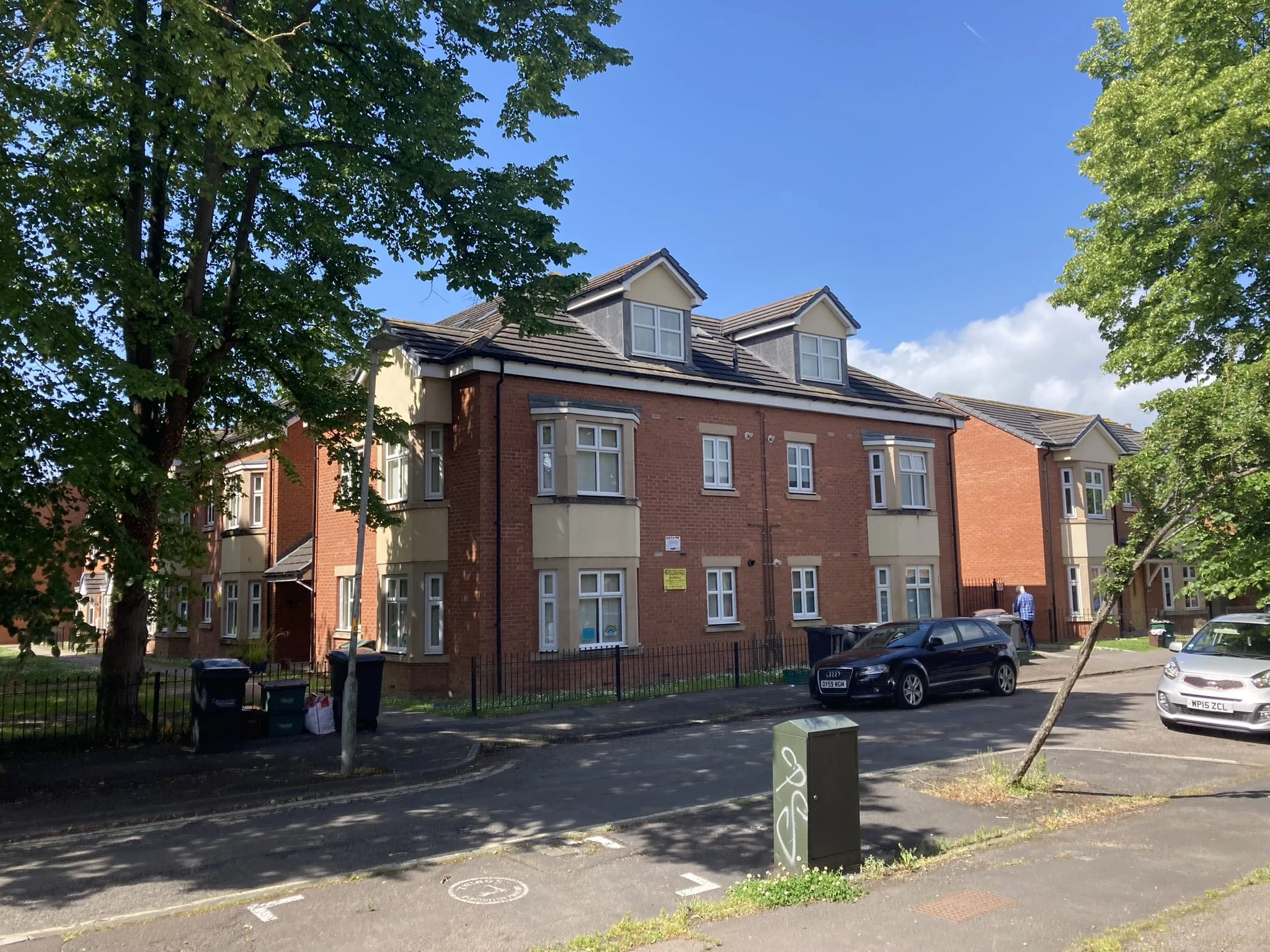St John’s, Keswick
The Story in Brief
A waterlogged section of the graveyard at St John’s was a headache for the vicar, while the town had a dire shortage of affordable homes. Could the first problem hold one solution to the second?
A summary is below; read the full version here >
-
Starting point
Keswick’s housing market was increasingly unaffordable due to demand for second homes and holiday lets, with limited social housing available. A 2009 consultation by Churches Together led to the creation of a Community Land Trust (CLT) to secure permanently affordable homes. The vicar of St John’s proposed using part of the graveyard, unsuitable for burials, as a development site. A 2011 housing survey confirmed a need for three-bedroom homes for young families.
-
The plan
The church agreed to sell land to the Keswick Community Housing Trust (KCHT) for 11 homes—five for affordable rent, five for shared ownership (with no rent on the unsold half), and one for open market sale—all with local occupancy restrictions to ensure primary residence by eligible locals.
-
The journey
A steering group formed in 2009, and KCHT was registered as an Industrial and Provident Society the following year. It gained approval as a Registered Provider of social housing in 2012. Funding was raised through community shares and a grant from the Homes and Communities Agency. The vicar negotiated the lifting of a burial covenant, sharing 33% of the land sale value with the donor. Construction began in January 2013 and was completed by November. Homes were allocated based on applicants’ needs and ties to Keswick.
-
Resources
The church provided 11 plots at £10,000 each. £18,000 in grants was secured to set up KCHT and gain RP status. A £230,000 grant from HCA, £60,000 in community shares, and a £1 million loan from a building society completed the funding, alongside revenue from shared ownership and one open market sale.
-
Keys to success and biggest challenges
Success stemmed from committed KCHT members, church leadership, and community support. Challenges included lifting the land covenant and resolving access issues near a medical centre, which were overcome with council cooperation.
-
Final outcomes
The church converted an unusable section of the graveyard into affordable housing, receiving a fair capital return. Eleven families gained secure homes, with minimal turnover over ten years. KCHT now manages 40 homes across four sites, with shared owners contributing modest rent to support future developments.Interested in more detail?

Family houses


